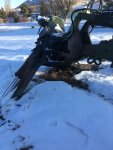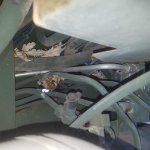Good, that gives you more options to plug in an air hose.
Taking fittings apart, at least partially, makes it easy to find out how far the pressure does travel. Or doesn't.
I am not sure how much of the trailer brake lines are intact.
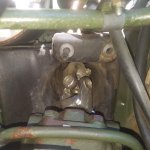
When I saw these lines I traced it back into the cab, and the one that is partially present goes to the lever on the steering column that allows the driver to apply brakes to the trailer to stop fish tailing. A long time back I posted a picture of a standard Benz 6 mm plastic pipe that ran along the engine by the power steering reservoir but was not connected to anything at either end. I had no clue what it was for, and got no response from anyone who wanted to hazard a guess. I now suspect that line was an attempt at some point to get air to the valve on the steering column that was later abandoned. All of which made me question how much of the trailer air system is intact, but I am re assessing that now.
I have been taking a closer look at the gladhand connectors. They still seem to be connected. So I may still be able to inject some air pressure into the system from there. The gladhand connectors on the front appear to be in relatively good shape.
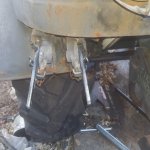
I have never seen much discussion on these (not saying it doesn't exist) but since these are on the front, they must be intended for use in the event that the FLU is being towed (seems odd and not sure how it could possibly work), not the FLU doing the towing. The lines from the gladhands go into some kind of valve.
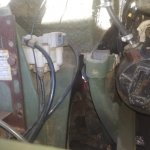
Which I am guessing means don't use these to try to pressurize the system.
The rubber for the seal on the gladhand in the back is shot.
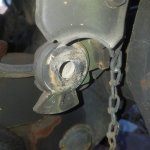
Can I just get any gladhand seal kit and replace it, or is this going to be something specific to the SEE?
As Peakbagger said I should work from front to rear. If the system was free of crud, and I was just trying to diagnose a leak it probably would not matter the direction of air flow, but since it is blocked I am concerned that if I pressurize from the trailer brake, that I will be blowing crud the wrong direction. Should I worry about that?
I can't realistically come up with a scenario where I will be using the SEE to tow something, So I am not interested in putting any effort into restoring it. I am more tempted to remove potential failure points that provide no value.
When I did have pressure I remember that those drain valves leaked bad on mine, so I am ordering replacements from EI along with the aftermarket master brake cylinder.


